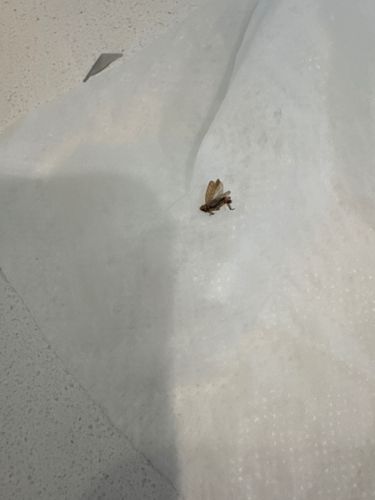Mayfly
Scientific Name: Various species within the order Ephemeroptera
Order & Family: Order: Ephemeroptera
Size: Adult mayflies typically range from 2 mm to 30 mm (0.08 to 1.2 inches) in body length, excluding tails, though some can be larger. Nymphs vary in size depending on species and developmental stage.

Natural Habitat
Mayflies are aquatic insects. Their nymphs (naiads) live in various freshwater habitats, including rivers, streams, lakes, and ponds. They require clean, well-oxygenated water, making them indicators of good water quality. Adult mayflies are typically found near these water bodies.
Diet & Feeding
Adult mayflies do not feed. Mayfly nymphs (naiads) are primarily detritivores, feeding on algae, diatoms, and detritus found in the water. Some species are predatory.
Behavior Patterns
Adult mayflies emerge in synchronized hatches, often in massive numbers, typically at dusk or dawn. They have a very short adult lifespan, usually from a few hours to a few days, during which their primary purpose is reproduction. They are strong fliers but do not feed as adults. Mating occurs in swarms, and females deposit eggs on or in the water. Nymphs (naiads) are aquatic and undergo multiple molts, living for weeks to years before emerging as adults.
Risks & Benefits
Mayflies pose no direct risks to humans; they do not bite or sting and are not considered pests. Ecologically, they are highly beneficial: they are a crucial food source for fish and other aquatic animals, and their presence indicates healthy freshwater ecosystems. Their nymphs play a vital role in nutrient cycling in aquatic environments.
Identified on: 8/16/2025